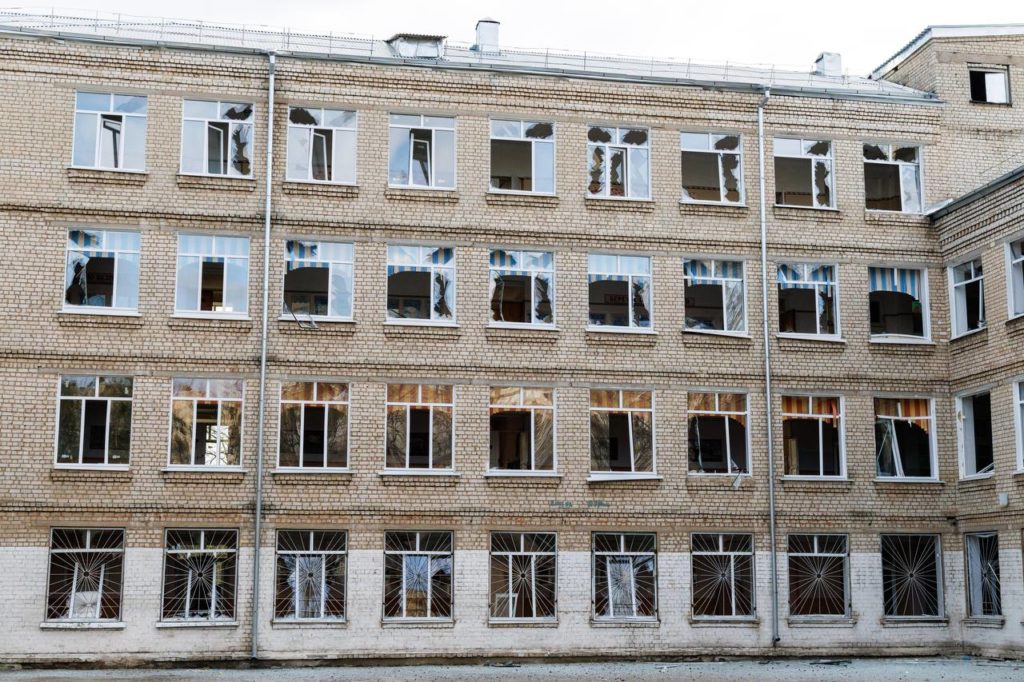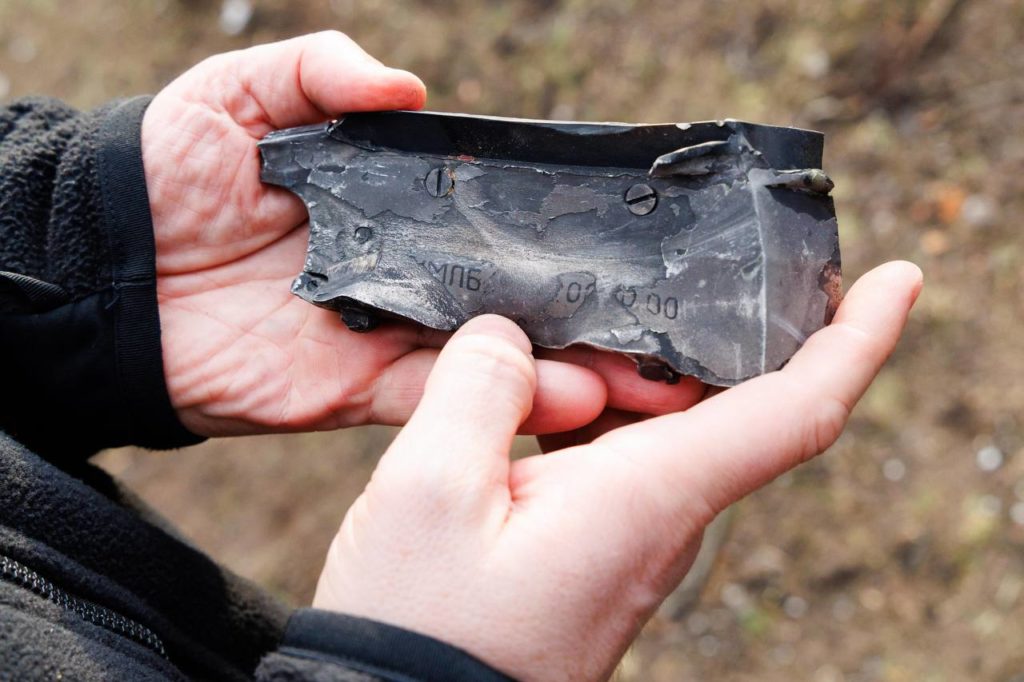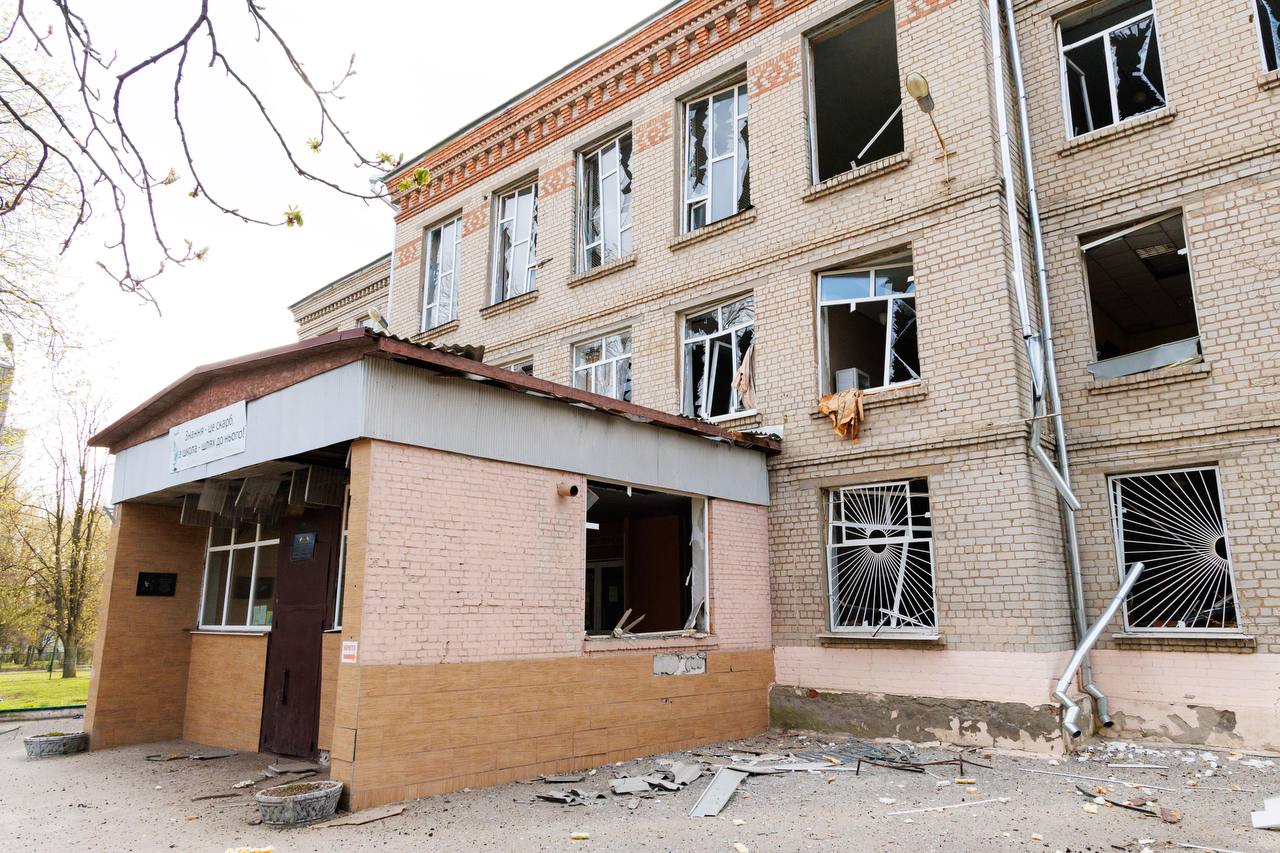In the latest episode of Russia's gliding bomb campaign against Ukraine's borderline regions, Russia struck Kharkiv city and oblast with UMPB D-30 bombs, damaging a school and killing at least one person.
The adapted UMPD D-30 gliding bombs emerged as the latest challenge to Ukraine's second-largest city Kharkiv, as they allow to target objects with cruise-missile precision at a fraction of the cost.



Apart from damaging the school, the bomb damaged 10 apartment highrises and 10 cars, according to Kharkiv's prosecutor chief. He said that the bombs were launched from Russian airplanes in the nearlying Belgorod Oblast.
Kharkiv official Oleh Syniehubov informed that apart from the one killer person, four people were injured: A 47-year-old man and two women aged 66 and 22 with blast injuries, and a 10-year-old girl was diagnosed with an acute stress reaction.
Russian gliding bombs also struck settlements of the Kharkiv Oblast, Syniehubov said, damaging a private house, shop and its boiler room, and outbuilding.
https://twitter.com/EuromaidanPress/status/1776656285582213155
Gliding bombs have long been a threat Ukraine can't counter, having been instrumental in Russia's seizure of Avdiivka. Destroying Russian airplanes seems to be one of the few options Ukraine has to resist the onslaught, but this is complicated by a Western prohibition of using its weapons on Russian soil, and a lack of Patriot air defense missile launchers and fighter jets.
Lately, Russia has started using gliding bombs en masse against Ukraine's bordering regions, with Sumy Oblast being one of the greatest victims. Ukraine's misfortune is even more compounded by the fact that Russia has started adapting the nearly endless stocks of old Soviet gliding bombs, giving them enhanced characteristics.
The UMPB D-30 is such an improved bomb.
"Each munition consists of a unified module with folding wings, a guidance unit, a jam-resistant satellite receiver, and a rocket booster or turbojet in the tail that would give it an estimated combat range of 90km. These improvements bring them closer in accuracy and maneuverability characteristics to a cruise missile at a fraction of the cost," according to Reporting from Ukraine.

Odesa, on the other hand, faces another kind of threat. Outside of the range of gliding bombs, it was on 6 April struck with a ballistic missile, likely an Iskander-M. The attack damaged a utility building and an administrative building. One civilian employee was killed.
Ukraine lacks air defense systems capable of intercepting ballistic missiles. It needs at least seven more Patriot air defense batteries to defend its territory, according to Ukrainian officials.
Foreign Minister Dmytro Kuleba has made a call for Patriot launchers the focal point of his requests at the latest NATO summit in Brussels.
Related:
- This is what can fix Ukraine’s Russian gliding bomb predicament
- Frontline report: Russia’s Kharkiv offensive rumors info-op, not genuine threat
- Ukraine leaves NATO birthday party with promises of air defense, but not membership





